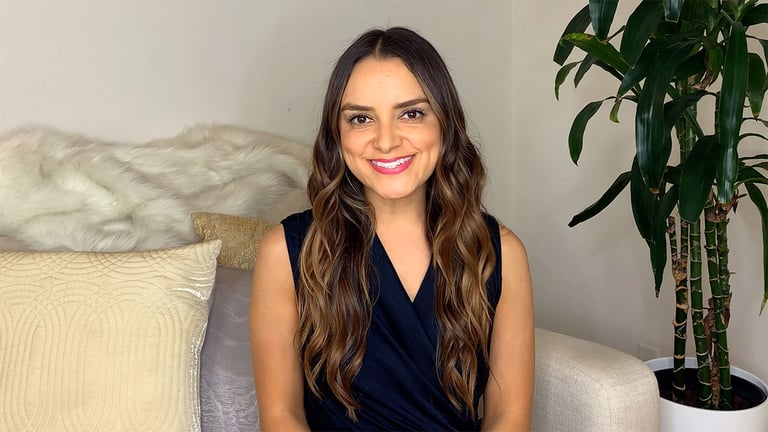
There’s a lot of buzz these days around good debt vs bad debt—but is there really a difference? And once you define your debt, how do you best manage it for future success?
It sounds like an oxymoron; what exactly is good debt?
Any debt that is associated with an asset is considered good debt. Basically, if it helps you move forward to meet your goals while increasing your income or future net worth, it can be looked at as good debt. For example, a home mortgage is connected to a home, which is an asset. Or student debt is attached to you, the student, and furthering your education to earn more or expand your knowledge is obviously a good move for your future. After all, you are your greatest asset.
A good rule of thumb is anything that will help you grow and better yourself and your situation can be considered good debt. This is not a free pass to rack up “self-care” debt. It’s still important to assess how much debt you take on. You don’t want to stack up debt if you can’t afford to pay it off, in addition to everything else you want to achieve.
That’s why it’s just as important to have a plan of attack on good debt, even if it’s not labeled, “bad.” For example, if your housing costs are becoming unmanageable, can you refinance, downsize, or potentially move into a more budget-friendly neighborhood? Or if you feel overwhelmed with your student debt, are there repayment options you can consider that would work better for your financial situation?
When it comes to any type of debt, being proactive is the most important factor in paying it off. There is a fine line between this scenario and spiraling out of control into what can be labeled, “bad debt.”
So what is bad debt?
While the term itself is not one we love to use, bad debt can be defined as any debt that comes with a high-interest rate. From payday loans to credit cards to personal loans, it can quickly add up and leave you feeling drowning in debt.
The first step in getting your head above water is to assess your entire situation and ask yourself why? Were you living outside your means or was it a careless oversight? Or was it because of an emergency and it was a necessary solution?
Then take action. Come up with a plan that is realistic and is something you can stick to. Maybe that means paying down your smallest debts first or perhaps it looks like setting up a meeting with a counselor that can help you determine a debt management plan. Depending on the type of debt you are paying off, investigating refinancing might also be an option.
Good debt or bad debt—when you honestly address how you got into the situation, you can take accountability, and start to make a plan on how to pay off the debt. This approach is one you can carry on your financial journey to meet your future goals.
In my last post, I discussed savings vs debts, and it offers a few more tips on how to approach paying down your debt.
About Learn
Financial advice for real people, by real people. You shouldn't need a degree to understand your money. Join Head of Education, Brittney Castro and Altruist mentors as they break down financial tips and strategies in a real way to help you finally understand how to achieve your financial goals faster.
Have a question you want to see answered? Ask it here. 🙋♀️

